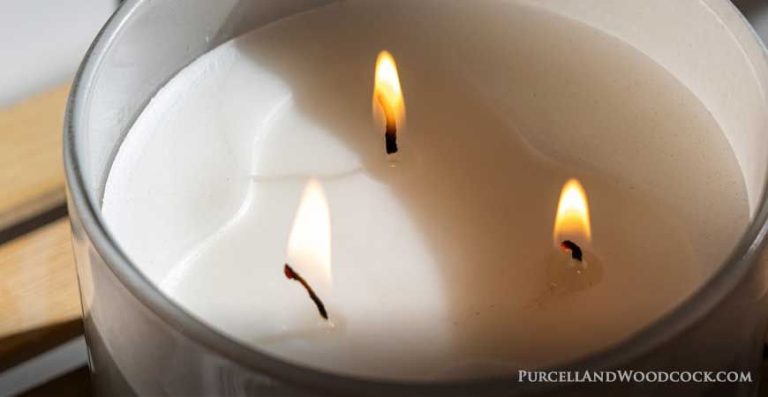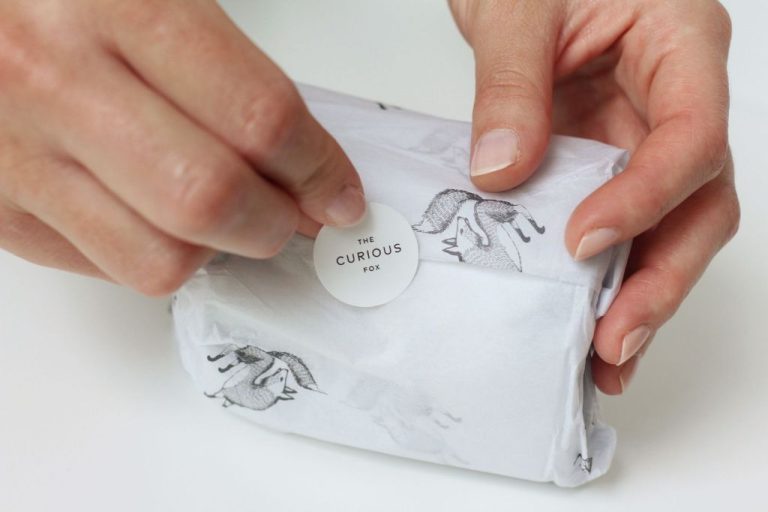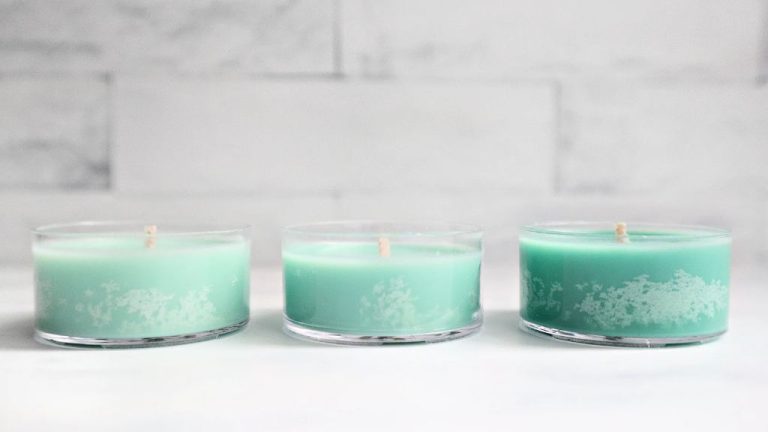How Do You Mail Candles Without Melting Them?
Mailing candles can be a tricky endeavor. Candles are made of wax, oils, and fragrance that are designed to melt when heated. When shipping candles long distances, especially during warmer months, there is a risk of the candle melting in transit if not properly packaged. The wax can leak out of the container, damaging the candle and making a mess of the shipping box and other contents. This can render candles unfit to burn and gift items ruined.
Preventing candle melt and leakage requires planning and the right shipping approach. Factors like candle composition, climate, timing, and packing method all play a role in getting candles safely to their destination intact. With careful handling and preparation, candles can be shipped successfully without turning into a melty mess en route.
Choose the Right Candle
The type of candle wax greatly impacts how well it maintains its shape and form during shipping. Harder waxes like paraffin and beeswax have higher melting points, so they hold their shape better when exposed to heat. According to [url=https://brookotascreations.com/which-temperature-does-candle-wax-melt-complete-list-of-waxes/]this source[/url], paraffin wax melts between 115-142°F (46-61°C) and beeswax between 144-149°F (62-65°C).
In contrast, softer waxes like soy wax have lower melting points and will start to melt at cooler temperatures. Soy wax melts between 113-127°F (45-53°C) as noted by [url=https://blendedwaxes.com/blog/wax-melting-point-factors/]this source[/url]. The softer the wax, the more easily it can lose its shape and become misshapen during shipping, especially when exposed to heat inside postal vehicles or warehouses.
When mailing candles, opt for those made from harder waxes that can withstand warmer temperatures without melting. Or choose container candles rather than freestanding pillars which need to retain their shape.
Store Candles Properly Before Mailing
Before mailing candles, it’s important to store them properly to help prevent melting during transit. The ideal storage temperature for candles is between 50-85°F according to WikiHow. Storing candles in a cool, dark place like a basement or wine cellar is recommended.
If you don’t have access to a naturally cool storage area, you can also freeze candles for 24-48 hours before shipping to help set the wax and prevent melting. Wrap frozen candles tightly in plastic wrap or place in a plastic bag before freezing. Just make sure they are completely thawed before packing in insulated shipping boxes according to The Harlem Candle Company.
Avoid storing candles anywhere with temperature extremes before mailing. Excessive heat can cause candles to warp or melt entirely while transporting. Proper prep and storage is key for safe candle shipping.
Wrap Candles Tightly

It is crucial to wrap candles very tightly in plastic wrap or other cushioning material to prevent shifting and breakage during transit. Eliminate any air space inside the wrap by stretching it tightly around the candle. According to Easyship, “Candles should be wrapped very tightly to avoid any movement inside the box.” They recommend wrapping each candle individually in bubble wrap or plastic wrap before placing inside the shipping box.
As this video on How To Package Your Candles So They Don’t BREAK In Transit demonstrates, start at the bottom of the candle and wrap upwards, pulling tightly as you go to remove air pockets. Make sure the plastic wrap hugs the candle tightly on all sides with no room for movement. The tight plastic barrier protects the candle from shocks and jostling during shipping.
Storables recommends at least 2-3 layers of plastic wrap per candle for sufficient protection. They say, “The goal is to immobilize the candle completely so it doesn’t shake or slide during transit.” The tight wrap holds the candle firmly in place inside the box.
Use Insulated Shipping Boxes
Insulated shipping boxes help regulate temperature during transit better than regular cardboard boxes. They have a layer of insulation that creates a barrier between the contents and the outside temperatures. This insulation keeps the inside of the box cooler in summer heat and warmer in winter cold.
Insulated shipping boxes are essential for protecting candles and preventing them from melting during transport. The insulation mediates any extreme external temperatures so the candles remain solid. It also protects against temperature fluctuations that could impact candle integrity.
The best insulated shipping boxes are made of corrugated cardboard layered with polyethylene foam. The dense foam provides excellent thermal resistance to maintain a consistent climate inside the box. This climate stability safeguards the candles from damage.
Compared to plain cardboard boxes that offer minimal insulation, insulated shipping boxes are worth the extra cost. They give you peace of mind knowing your candles will arrive intact, protected from melted messes. For shipping candles in hot summer weather, a quality insulated box is a must.
Include Cold Packs
Cold packs are a great way to help keep candles from melting during shipping, especially in hot summer months. Place cold packs next to the candles inside the shipping box. This helps regulate the temperature and prevents candles from becoming warm and soft during transit.
Be sure to use cold packs designed for shipping that can maintain a temperature of around 40-50 degrees Fahrenheit. Some popular options aregel-based cold packs or phase change packs that use special materials to stay cool. Do not use ice or frozen water bottles which can leak and damage candle packaging.
The number of cold packs to include depends on the size of your package. For a medium flat-rate box with 4-6 candles, 2-3 medium cold packs are usually sufficient. Place packs snugly next to candles, sandwiching the candles between packs or packing material to stabilize them. Monitor internal box temperature before sealing to ensure it feels cool.
Cold packs help enormously with summer shipping or long transit times. Just be sure to follow carrier rules about including them. With proper cold packs, you can ship candles successfully without heat damage. (Source: https://www.reddit.com/r/Mercari/comments/152luvy/shipping_candles_with_ice_packs/)
Ship at the Right Time
Shipping candles during the hottest summer months can lead to melted wax and damaged candles. According to ParcelPath, the best months to ship candles are March, April, September, October, and November when average temperatures are milder (https://parcelpath.com/best-way-to-ship-candles-in-the-summer/). Avoid mailing candles in the peak summer months of June, July and August when temperatures frequently exceed 85°F across much of the country.
Also try to avoid letting packages sit for extended periods in hot warehouses or delivery trucks. Schedule a pickup from the carrier so your box spends less time in transit, or drop off at the post office at the last minute before final collection times. Following proper packaging methods and shipping at cooler times of year will help ensure your candles arrive intact.
Use Proper Labeling
When mailing candles, it is essential to use proper labeling so postal workers know to handle the package gently. The labels should indicate that the package contains fragile items and candles specifically.
According to Candle Label Requirements, Guidelines, and Best Practices, candle labels in the US must include the net quantity of wax in ounces and grams, as well as the name and place of business of the candle maker. Labels should have a minimum text height based on the size of the candle container.
Marking the outside of the package as “fragile” and “candles” will alert postal workers to be extra gentle when handling and transporting the package. This reduces the risk of the candles shifting around, getting crushed, or melting during transit.
Consider Express Shipping
Express shipping services like UPS Next Day Air or FedEx Overnight can help reduce the chances of candles melting during transit. The faster transit time of 1-2 days means candles spend less time in potentially hot trucks or warehouses.
While express shipping costs more than ground services, it may be worth the extra expense if you are mailing expensive or rare candles. The added shipping cost insures your valuable candles against melting damage during shipping.
Compare transit times and pricing across different carriers like USPS, UPS, and FedEx to find the best express shipping option based on your candle value, delivery deadline, and budget.
Insure Valuable Candles
Some candles can be very valuable, especially handmade or antique candles. In such cases, it is recommended to insure your package during shipping for full protection. According to the United States Postal Service (USPS), you can purchase insurance coverage when sending via Priority Mail or Priority Mail Express. This will cover the value of your candles in case of damage or loss during shipping.
Insurance provides peace of mind that your valuable candles will be protected if anything goes wrong during mail transit. The cost of insurance is based on the declared value of your package contents. According to the USPS, most standard insurance limits are between $100 to $5,000, but you can purchase additional extended coverage if needed. Filing an insurance claim is straightforward in case your insured package encounters issues in the mail.
Rather than taking a risk, insure those priceless antique or luxury candles. The small insurance fee is worthwhile to ensure your special candles arrive safely at their destination without damage or melting. The insurance coverage provides adequate compensation if your candles are harmed, lost or completely ruined during shipping.





